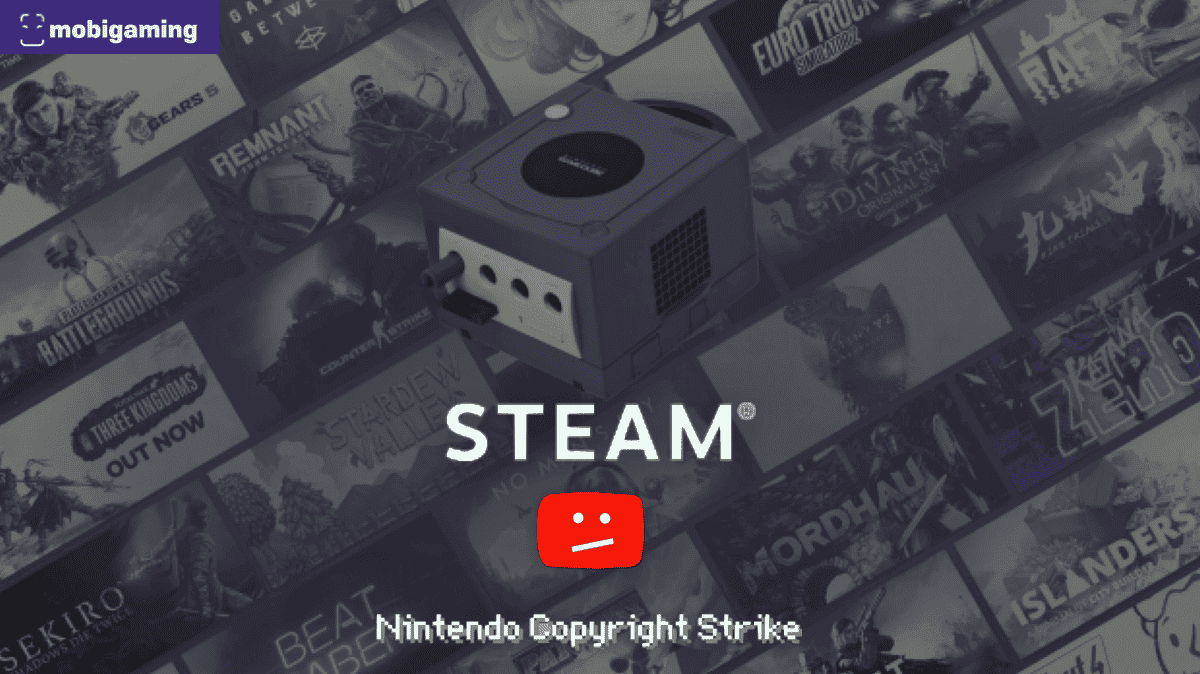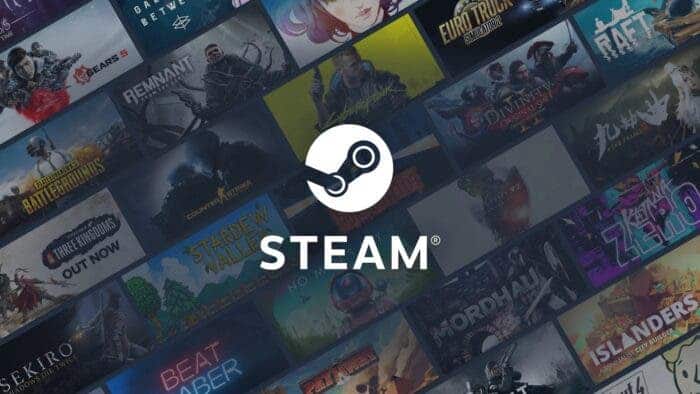Valve, the company behind the popular gaming platform Steam, has confirmed that games using AI artwork created from non – developer – owned sources will be banned on Steam. This decision has been made to prevent copyright issues and protect the intellectual property of artists and creators. AI artwork is created using machine learning algorithms that analyze and replicate existing images. This tech has been used to create everything from paintings to music. Also, it recently made its way into the gaming industry. Game developers are using AI – created artwork to create game assets such as characters, backgrounds, and textures. This tech allows developers to create high – quality assets quickly and efficiently. Nevertheless, there are also issues with regard to copyright infringement.

Valve’s Decision
Valve’s decision seeks to prevent copyright issues which can take a lot of time and funds. The company’s current review process takes into account current copyright law. Developers are not allowed to infringe on existing copyrights. While developers can use AI techs in their work, they must ensure that they have all the rights they need to use the artwork.
Valve’s decision has been met with mixed reactions from the gaming community. Some developers have criticized the decision, arguing that it will stifle innovation as well as creativity. However, others have praised the decision, saying that it will protect the intellectual property of artists and creators.
Impact on the Gaming Industry
Valve’s decision will have a huge impact on the gaming industry. Game developers will need to ensure that they have the rights they need to use the artwork they create. This means that they will need to either create their own artwork or obtain the necessary licenses to use existing artwork.
The decision may also lead to a decrease in the use of AI – created artwork in games. The makers of these games may choose to avoid using this tech altogether. This is to avoid the legal issues associated with it. It could also lead to a decrease in the efficiency of games, as developers will need to create assets manually.
Legal issues around AI – created artwork
AI – created artwork has raised several legal issues, including:
1. Copyright Infringement:
One of the major concerns surrounding AI – created artwork is the non – copyrightability of AI art. AI – created images can replicate an artist’s style in seconds. This has angered some painters and illustrators who argue that these AI models breach copyright law. They also claim that it allows people to steal their work in a matter of seconds.

2. Patent Inventorship:
AI art has raised issues about patent inventorship. In a recent Federal Circuit case, the court held that “the term “inventor” under the U.S. patent laws refers to natural persons only”
3. Ownership:
4. Fair Use:
AI – created artwork has several legal issues that need to be addressed. Copyright infringement, patent inventorship, ownership, as well as fair use are some of the major concerns about AI – created artwork. As AI – created artwork becomes more prevalent, it is important to ensure that its legal issues are handled. This will be needed to protect the rights of artists and creators.
On – going legal cases on AI – created artwork
While we have noted that there are several issues around AI – created artwork, there are some recent on – going cases that will give us a clue as to how serious these copyright issues are. Here are some examples
1. Class Action Lawsuit Against Stability AI, Midjourney, and DeviantArt:
In January 2023, several digital artists filed a class action lawsuit against Stability AI, Mid Journey, as well as Deviant Art. The suit alleges that the unofficial copying of their works to train AI systems and the creation of AI – created images in their styles is mass copyright infringement.
However, the brands above do not think the same thing. They have asked the San Francisco federal court to dismiss the artists’ class action lawsuit. They argue that the AI – created images are not similar to the artists’ work. According to Reuters, these brands also claim that the lawsuit did not note specific images that were allegedly misused.
2. Lawsuit Against AI Art Image Generators:
In January 2023, several digital artists also filed another class action lawsuit targeted at Stability AI, Mid Journey, as well as Deviant Art. The class action suit aims to protect human artists by asserting that an AI work can be taken “derivative”. Furthermore, this claim is from the fact that the artist’s name is invoked in the text prompt. It also claims that it does not matter if the work produced is the result of pulling content from billions of images.
3. Thaler Case:
In February 2023, the U.S. Copyright Office asked the federal courts to dismiss a lawsuit filed by Dr. Stephen Thaler. The suit is over a denied copyright application for an illustration created by an AI program. The case also highlights emerging debates as generative AI software surges in popularity.

Conclusion
Valve’s decision to ban games using AI artwork created from non – developer – owned sources is an attempt to prevent copyright issues. The company is also trying to protect the intellectual property of artists and creators. While the decision has been met with mixed reactions from the gaming community, it is a step in the right direction towards protecting the rights of creators. The decision will have a huge impact on the gaming industry. This is because developers will need to ensure that they have the rights they need to use the artwork they create.





